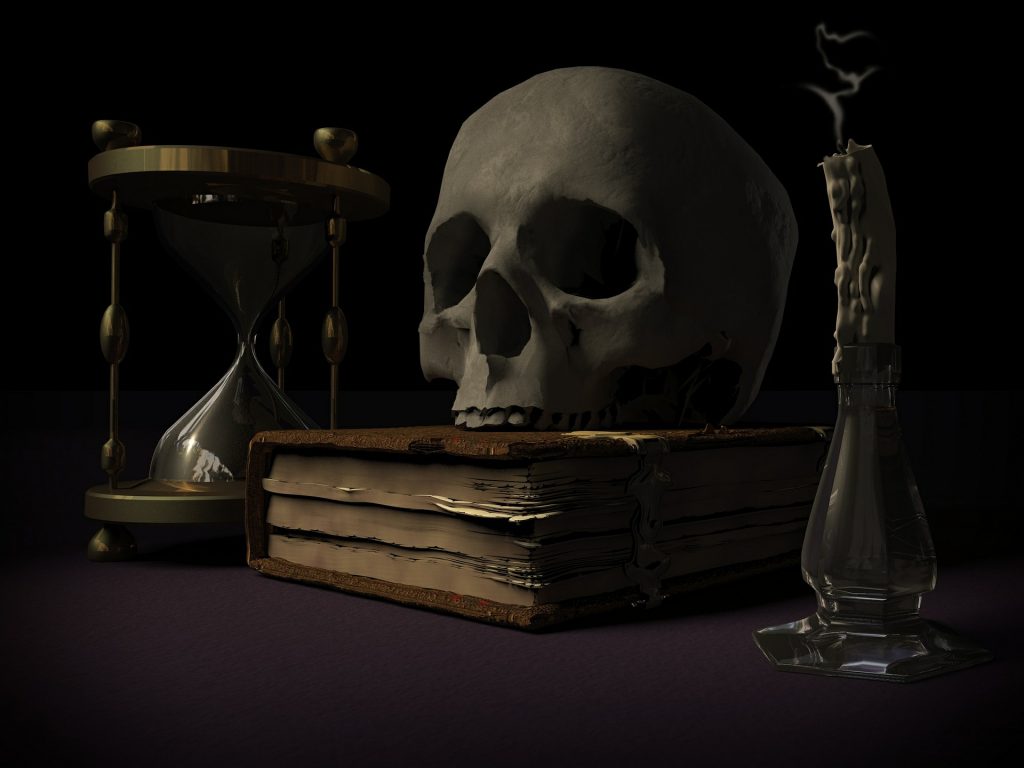
Was “lady of Čachtice” Erzsébet Bathory a female version of Drakula?
History of Slovakia7. June 2018
Lady of Čachtice Erzsébet Bathory
“When our people and servants came to the house, they found a dead girl there, the other exhausted by torture and beaten, already dead. In addition, there was another beaten woman and another, tied up, that the damned person hid on another occasion, ”wrote Juraj Thurzo, who investigated the Shakhtar Erzsébet Bathory, to his wife.
Erzsébet Bathory had many attributes, is considered a legend, sadistic murderer, Cachtice white lady, but also the bloodthirsty Countess. There are many different opinions about whether she actually did what the legend says. Some think she has just been the victim of conspiracy to deprive her of her fairy-tale property.
Bathory dynasty
The Báthory dynasty was one of the most important and richest Hungarian families. However, being married to each other caused genetic degeneration. Most of them were characterized by eccentric traits such as complacency, tyranny, sexual perversion. The last members of the family suffered from syphilis (Elizabeth had epileptic seizures, her uncle was a well-known satanist, Aunt Klára and nephew Gabriel were sexually debauched and brother was an alcoholic).
Erzsébet Bathory
Alžbeta Bathory became a subject for writers, directors and musicians. In the 2008 Bathory film, Juraj Jakubisko portrayed the Countess quite differently from legends, introducing her as an intelligent and sensitive woman who was the victim of a greedy nobility.
However, the legend says that in her 54-year-old life, she killed more than 600 girls and young women, regardless of nationality or origin. She killed them in a variety of ways, whipping, stabbing, burning with hot iron in sensitive places, or having them watered and frozen.
The legend
Her cruelty should have multiplied after her husband’s death. Even in his lifetime, Erzsébet Bathory was known to be engaged in occult sciences and torture servants. After the widow, even more terrifying rumors began to spread about her.
Bloody lady
Legend has it that one of the maid’s blood had been spilled on her arm once, and she noticed that her skin had fried in that place. The Countess, apparently obsessed with the fear of aging, thought she had discovered the secret of eternal youth. The girl killed on the spot and bathed in her blood.
Soon she had summoned all young virgins from her neighborhood to her castle. Here she whipped them, tortured cruelly, and finally took their blood. The Countess said this blood and drank, and often directly from crippled bodies. When everyone escaped from her farm, she and her lover set up an academy calling young girls. They also cruelly killed these young virgins.
The legend also mentions an iron virgin – a device for execution (a hollow manikin of a figure in which they placed a convict and closed it with the upper part of a manikin in which sharp nails were pierced by a man). However, they never found this device.
Elizabeth Bathory was sentenced to life imprisonment in 1611, her prison became the Cachtice Castle, where she died three years later. According to legend, however, punished her much stricter. In one part of the castle it was walled up and left only a narrow opening to eat it. Relatives of the victims came here to spit through it, throwing stones at her and swearing at her.
Bathory is perhaps the best-known Hungarian countess abroad, although she has made a name for her bloodiness. Although, according to the latest research, it has apparently become only a victim of politics because of its property, it is still known to the public only as a female form of Dracula.
Bloody Countess in the Guinnes Book of Records
The largest number of victims attributed to a single murderer is 650 people killed by the Hungarian countess Erzsébet Báthory. All the victims were reportedly young girls around her castle in Cachtice in Slovakia. More precisely the then Hungary, where she died on August 21, 1614. After being guilty, she lived in her room for 3.5 years.

Čachtice Castle
This Castle is built on a hill in the northernmost tip of the Danubian Plain, where the Small and White Carpathians meet. Castle Hill is a national nature reserve.
Čachtice Castle was founded in the second half of the 13th century. It was one of the first castles that secured the western border of Hungary. In the first half of the 16th century a mansion was built under the castle, which is also called the castle mansion.
Of the youngest Renaissance modifications around the beginning of the 17th century, when the famous Alžbeta Bathory resided here, the fortification of the second barrier was preserved.
From the castle, the visitor can enjoy views of the Carpathian slopes, kopavica Myjavská upland and Považský Inovec.
About eight kilometers from Čachtice to Očkov, there is a unique mound from the early Bronze Age. In the 12th century BC. l. there buried the chief or prince called. velatic culture and human sacrifices.